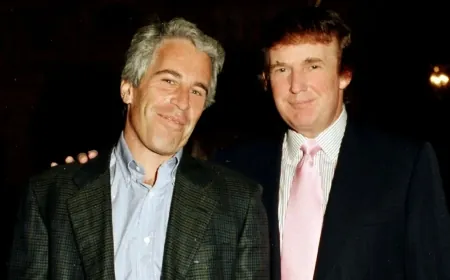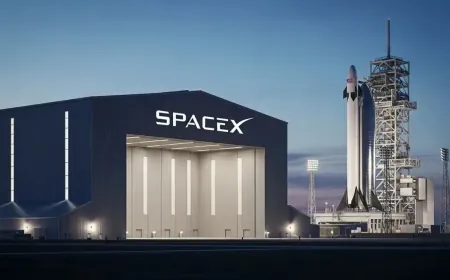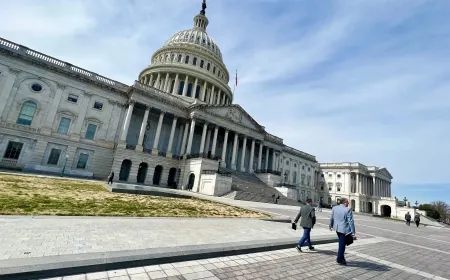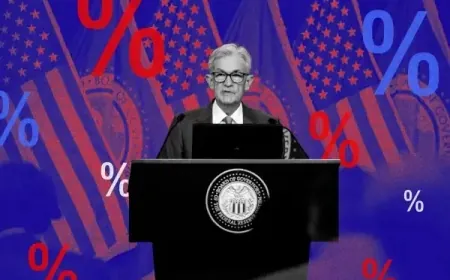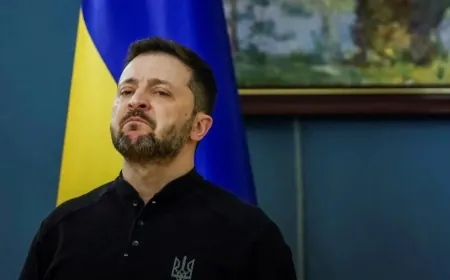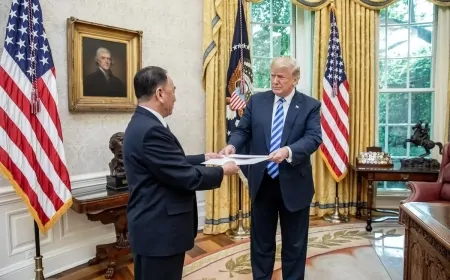US Pushes G-7 to Sanction Russian Oil Buyers as Trump Warns of Heavy Tariffs
US urges G-7 to impose tariffs on China and India for Russian oil, seize frozen Russian assets, and increase sanctions as Trump warns Putin of tougher steps.
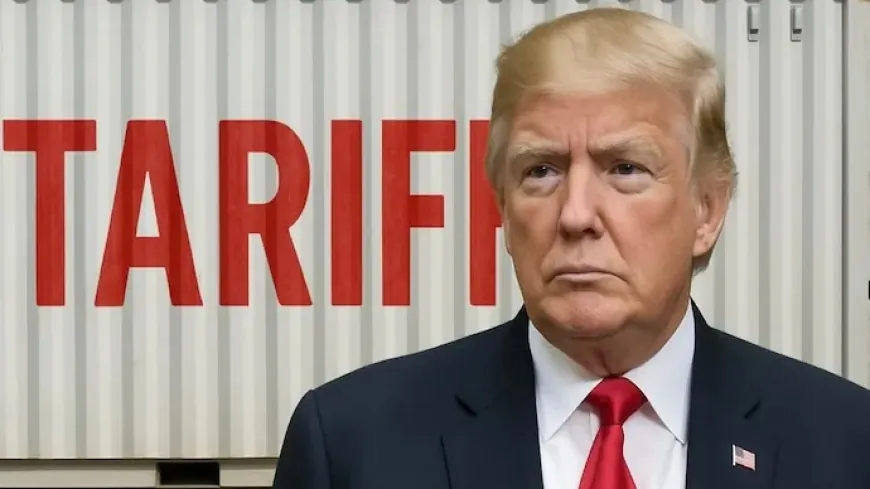
The United States is pushing its G-7 partners to tighten the economic noose on Russia with a package targeting its oil trade, frozen reserves, and financial system. The plan comes as Moscow steps up airstrikes in Ukraine and finds steady buyers in China and India, whose discounted purchases of Russian crude have blunted the impact of Western sanctions.
Under the proposal, Washington wants the G-7 to impose tariffs of up to 100% on Russian oil flowing to China and India and to create a legal framework for seizing about $300 billion in Russian assets locked in Western banks. Officials say the combined measures would choke off revenue critical to the Kremlin’s war budget while diverting seized funds to Ukraine’s defense.
President Donald Trump, who has so far avoided direct sanctions on Russia’s energy exports, has warned that his patience with Vladimir Putin is “running out fast.” On Friday, he said new penalties could extend to Russian banks, oil revenues, and trade networks unless the Kremlin shows genuine willingness to negotiate with Kyiv.
Tariffs on Russian Oil Purchasers
At the heart of Washington’s proposal is a demand for the G-7 to impose secondary tariffs of between 50% and 100% on China and India for their continued purchases of Russian crude. Both nations have become central to Russia’s energy export strategy since Europe sharply cut back imports in 2022.
India, in particular, has transformed into one of Moscow’s largest buyers, importing record volumes of discounted crude and refining it into fuels that often flow back to European and global markets. China has also expanded long-term contracts with Russian suppliers, offering Moscow both a steady revenue stream and an outlet that reduces its vulnerability to Western restrictions.
American officials argue that without curbing this trade, Russia will remain able to finance its war despite sanctions on Western markets. Tariffs, they contend, would raise costs for Moscow, cut into its profit margins, and discourage buyers from expanding purchases further.
Trump has told European counterparts that the United States is ready to impose such tariffs but will only do so in coordination with its allies. He has warned that unilateral action would simply shift trade flows without achieving the desired pressure.
Seizure of Russia’s Frozen Assets
A central feature of the American plan is the future of roughly $300 billion in Russian state assets that remain frozen in Western banks. These reserves, blocked shortly after the invasion, have so far generated interest income used to issue loans to Ukraine. The question now confronting the G-7 is whether to move beyond interest and seize the principal outright.
US officials argue that taking control of the funds would serve a double purpose: cutting Moscow off from the reserves permanently and providing Kyiv with a stable source of financing for defense and reconstruction. Redirecting the assets, they say, would give Ukraine reliable long-term backing at a moment when Western aid is under political strain.
European governments are divided. Some warn that confiscating sovereign reserves could weaken trust in the global financial system if other nations fear their holdings might one day be seized for political reasons. Others point to the risk of Russian retaliation, including the possible expropriation of Western businesses that still operate inside Russia.
Despite those concerns, momentum is building within Washington to act. Supporters of the plan contend that Russia’s war is unlikely to end soon and that waiting risks leaving Ukraine underfunded while Moscow continues to draw revenue from oil sales to Asia.
Sanctions on Tankers and Oil Trade Networks
The US plan also seeks to undercut the network of oil tankers Russia has relied on to bypass restrictions. This “shadow fleet” consists of hundreds of older vessels, often operating under flags of convenience, that change ownership frequently and use non-Western insurers to stay outside the reach of current sanctions. By exploiting these loopholes, Moscow has continued exporting millions of barrels of crude each day, even as Western markets closed.
Washington wants the G-7 to close those gaps by barring insurers, shippers, and other maritime service providers from supporting vessels suspected of carrying Russian crude. Officials argue that cutting off access to insurance and certification would sharply raise costs for these tankers and limit Moscow’s ability to reroute oil to Asia.
The proposal also includes sanctions on Rosneft, Russia’s state-owned oil producer, and the trading and logistics companies that handle its shipments. Beyond energy, the package outlines further measures:
-
Bans on providing financial and technology services in Russian special economic zones.
-
Sanctions on regional banks used to channel funds into defense procurement.
-
Stricter controls on exports of dual-use goods, including advanced electronics, industrial machinery, and artificial intelligence systems with potential military applications.
US officials say these steps are designed to close the remaining pathways that allow Russia to fund its war effort despite previous sanctions.
European Resistance Puts Sanctions at Risk
The success of Washington’s plan depends on full agreement from G-7 and EU members, but that unity remains fragile. Sanctions inside the EU require unanimous approval, giving any one country the ability to block action. Hungary has been the most outspoken holdout, citing its reliance on Russian pipeline oil and warning that new restrictions would drive up domestic energy costs.
This resistance has repeatedly slowed past sanction rounds and threatens to do the same now. Diplomats say several governments are wary of targeting energy supplies too aggressively, fearing backlash from voters and damage to local industries.
The United States argues that only a comprehensive package—combining tariffs on Russian oil, seizure of frozen assets, and tighter financial restrictions—can cut off Moscow’s funding. Whether Europe can overcome internal divisions to support such a move remains uncertain.
Canada, holding the current G-7 presidency, has convened finance ministers to review the U.S. plan. Officials in Ottawa say the talks are aimed at coordinating the next phase of pressure on Russia and closing gaps in existing sanctions.
Trump’s Deadline Passes, Moscow Escalates
The deadline set by President Trump for a direct meeting between Vladimir Putin and Volodymyr Zelenskiy has expired without progress. The White House had tied the date to Moscow’s readiness to engage in peace talks.
Russia’s response was to intensify airstrikes on Ukrainian infrastructure, reinforcing its decision to pursue the war rather than negotiations. On Friday, Russian officials stated that talks with Kyiv remain “on pause,” a position that directly contradicts Trump’s earlier calls for face-to-face discussions.
Oil Prices Climb, Euro Slips After Sanction News
Markets reacted immediately to reports of tougher U.S. proposals. Brent crude futures hit session highs on expectations that stricter limits on Russian exports could squeeze global supply. The euro fell to $1.17 against the dollar in early New York trading as investors weighed the potential economic fallout for Europe.
G-7 and EU Coordinate New Sanctions
The G-7 is reviewing U.S. proposals as the European Union finalizes its 19th sanctions package, which is expected to target additional Russian banks and expand limits on oil trade. The overlap of EU and G-7 measures could determine the next stage of economic pressure on Moscow.
Trump has so far avoided direct sanctions on Russia, focusing instead on tariffs targeting India and other measures. His recent warnings indicate a move toward tougher penalties, with U.S. officials emphasizing that American action will depend on coordinated European support.
If adopted, the measures would combine oil tariffs, seizure of frozen Russian assets, and restrictions on technology exports linked to the military. Achieving consensus among G-7 members is expected to be challenging, but Washington is pressing for increased financial pressure to curb Russia’s war effort.
Also Read: Modi Resists Trump’s Tariffs and Strengthens Ties with Russia, China
